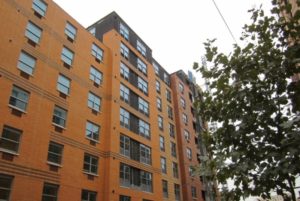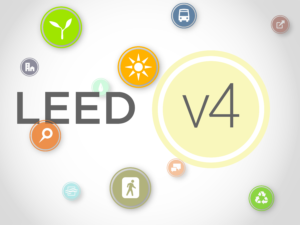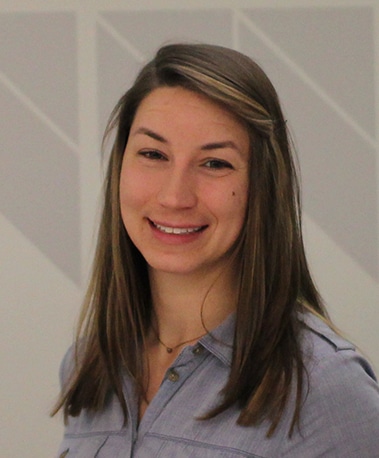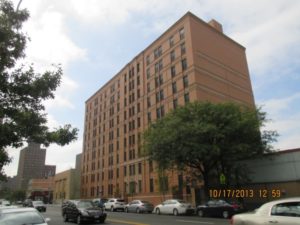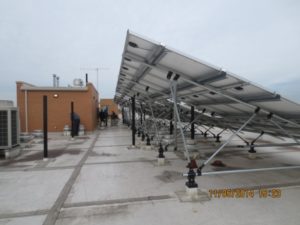We’ve talked about this conference already this month, but we couldn’t leave out one of the coolest parts that one of our own SWArriors, Maureen Mahle, got to participate in – a modular green home assembled on the showroom floor at the 2014 Greenbuild Conference and Expo. SWA is a partner of the Greenbuild LivingHome which was created in collaboration with Hanley Wood, LivingHomes, Make it Right, and the International Cradle To Cradle Products Innovation Institute. This show home, which Greenbuild attendees got to tour, achieves an array of lofty goals that enable it to be supremely sustainable both for the environment and its owners.
Greenbuild LivingHome, led by California-based designer of green modular home, is the result of a unique integrated design process, utilizing designers, vendors, and building science know-how from all over the country. Today, vendors are using the home as an opportunity to showcase the latest and greatest in residential green building products, including Cradle to Cradle certified products and Forest Stewardship Council certified woods.
One of the stand-out LEED® features of the home is the commitment to durable, resilient construction. Other site features include:
- Permeable paving to maintain an almost permeable lot for managing stormwater.
- Framing was treated for pest resistance.
- Termite barriers installed at base plates, and a non-toxic termite bait system surrounding the home.
- Closed cell foam, used to insulate the elevated floor.
- Continuous drainage plane directs bulk water down and away.
So where is the home now?
On its site in the Lower 9th Ward in NOLA, owned by the Make it Right Foundation, contributing to the city’s growing stock of green affordable housing. Make it Right is working to complete the home for occupancy in the next few weeks!
Here are some pictures of the construction of the modular home – 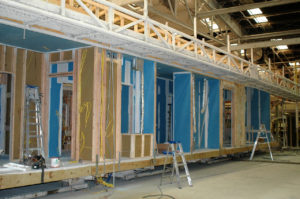
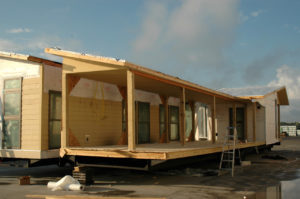
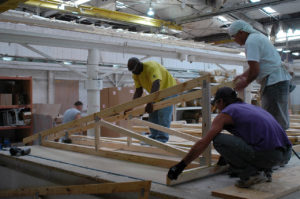
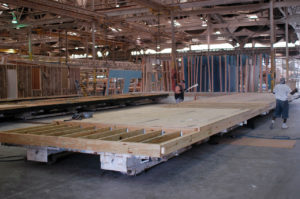
A virtual tour and more information can be found here: http://livinghome.greenbuildexpo.com/
Read more about the 2014 Greenbuild LivingHomes in our WinterGreen Newsletter.

